by Chris Goff
 |
| Susan Elia MacNeal |
The Rogues are delighted to have New York Times bestselling author Susan Elia MacNeal guest blogging with us this week. Her new book featuring Churchill’s former secretary, Maggie Hope, THE KING’S JUSTICE hit the stands on February 25th and I was fortunate enough to get my hands on an advance copy. I love the Maggie Hope series. I’m a sucker for anything World War II, and this book features a kick-ass female former spy. I can’t think of a better combination.
THE KING’S JUSTICE takes place in December of 1942. As the Russian army repels German forces from Stalingrad, Maggie Hope is defusing bombs in London. But Maggie herself is an explosion waiting to happen. Traumatized by her past, she’s living dangerously, taking huge risks, and the last thing she wants is to get entangled in another crime. But when she’s called upon to look into the theft of a Stradivarius, one of the finest violins ever made, she just can’t resist. Meanwhile, there’s a serial killer on the loose in London, and investigating pits her against a new evil — and old enemies. Only Maggie can uncover the connection between the robbery, the murders, and a link to her past.
From Susan Elia MacNeal:
What’s the difference between a mystery and a thriller? And where does the Maggie Hope series fit in?
According to the International Thriller Writers (the experts, after all), a thriller is characterized by “the sudden rush of emotions, the excitement, sense of suspense, apprehension, and exhilaration that drive the narrative, sometimes subtly with peaks and lulls, sometimes at a constant, breakneck pace.” ITW defines thrillers as a genre in which “tough, resourceful, but essentially ordinary heroes are pitted against villains determined to destroy them, their country, or the stability of the free world.” The allure of thrillers comes from not just from the mechanics of the plot, but how the story is told.
THE KING’S JUSTICE, like some of the earlier Maggie Hope novels, straddles the line between the genres. There’s a stolen Stradivarius violin (which sounds positively Sherlockian), and there’s also a serial killer leaving suitcases of bones around London, perhaps linked to a murderer from Maggie’s past. We get to know a group of people, one of whom may indeed be the new serial killer. In fact, I fully anticipate readers will be able to guess who the murderer is before Maggie does.
What I wanted to do is create what’s called “dramatic irony”—that tense, stomach-lurching sensation you get when you know who the bad guy is—but the protagonist doesn’t. I think one of the most powerful and well-known examples of a thriller using dramatic irony is Thomas Harris’s Silence of the Lamb. We all know Buffalo Bill has the Senator’s daughter, Catherine Martin, imprisoned in his basement. There’s a ticking clock for Clarice to figure it all out before Buffalo Bill kills Catherine. And so Clarice, desperate to save Catherine, pairs up with another serial killer, Hannibal Lecter. As the story progresses, we already know who the killer is—Buffalo Bill—but we learn his background and some of the events of his past that might have led, or at least influenced, his killing spree. We also get to know Clarice, as Hannibal Lecter sets up a quid pro quo with her—clues to the case for stories of her own trauma. We learn not just the who, but the why of the story. (And if she still wakes up hearing the lambs screaming.)
I wanted to write a twisty, edge-of-your-seat story—and also explore the nature of trauma. And I wanted to do this with the characters—as we go through the story and get to know all of them better, we learn not just what they did and how, but why, through the push and pull between the antagonists and Maggie.
But, ultimately, the labels “mystery” and “thriller” are only helpful for shelving books in bookstores and libraries. What matters is the reader’s participation and delight in reading—and I hope readers will enjoy the who, the what, but particularly the whys of THE KING’S JUSTICE.
The Maggie Hope series just keeps getting better and better. THE KING’S JUSTICE might just be the best entry yet. Thank you, Susan, for sharing your thoughts on the differences between thrillers and mysteries. I can’t decide if you’ve written a thrilling mystery or a mysterious thriller. I do know I can’t wait for future installments!
When you discover a new author, do you start at the first book in the series or pick up the latest release?



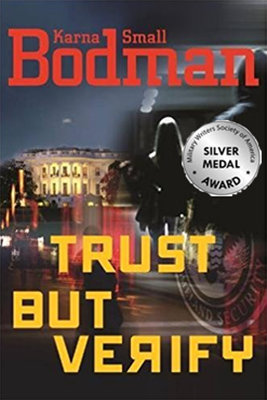
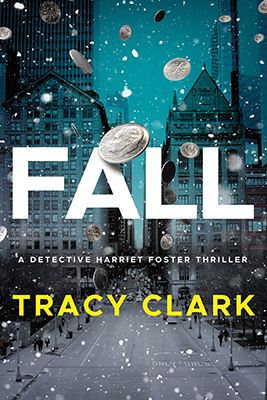
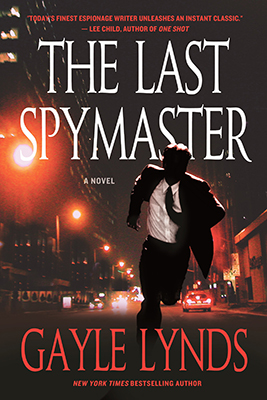
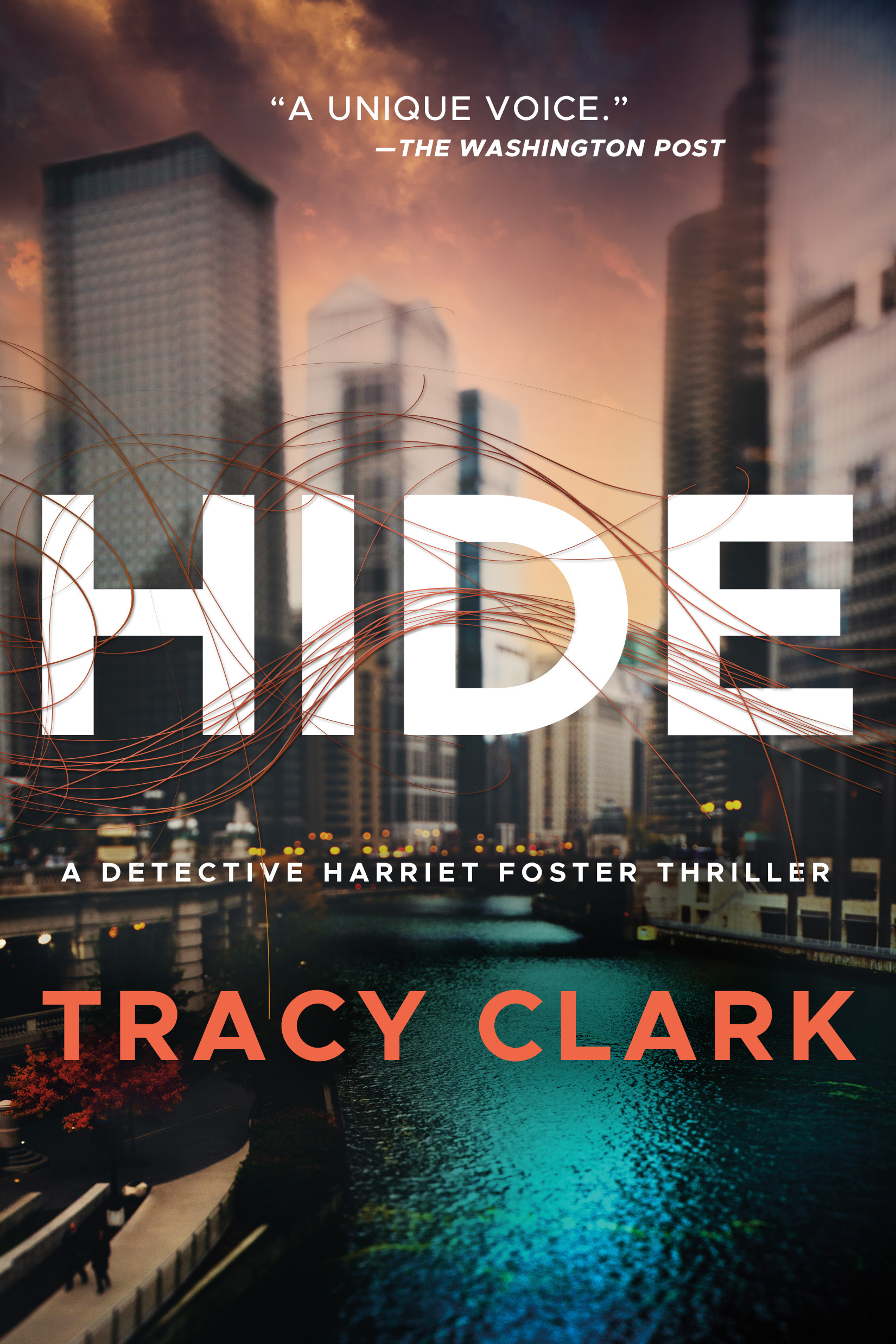
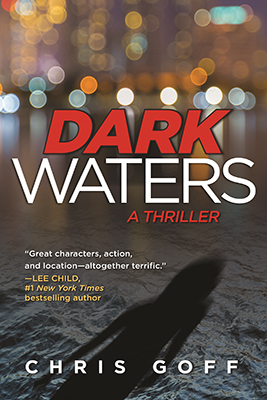
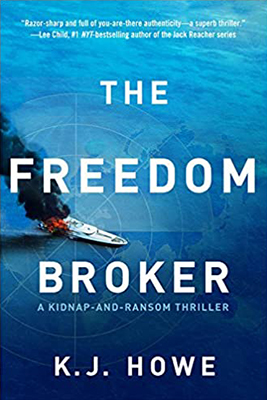
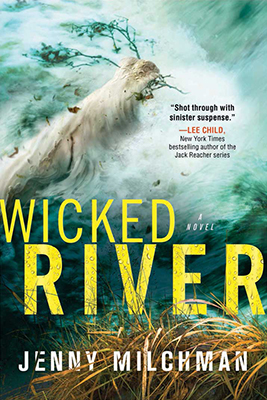
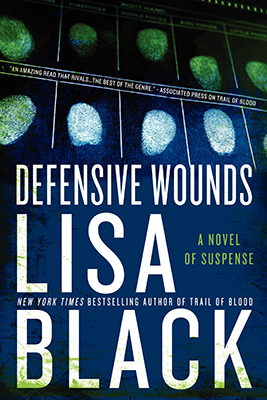
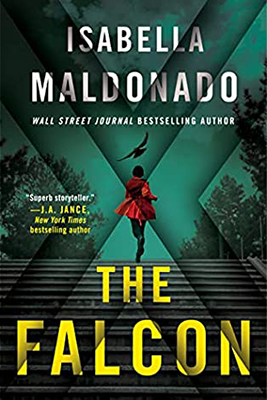
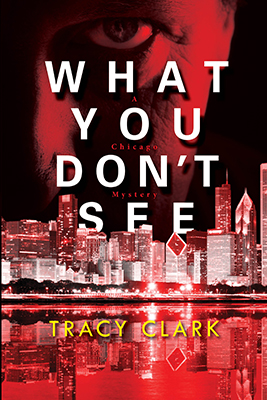
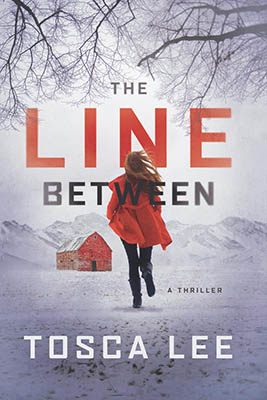
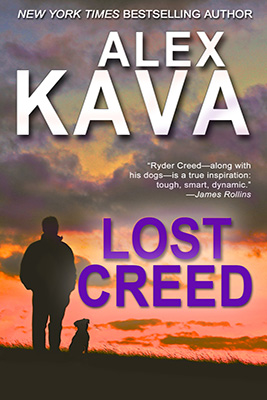
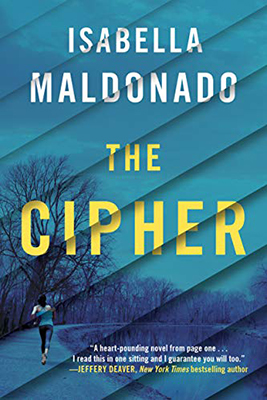
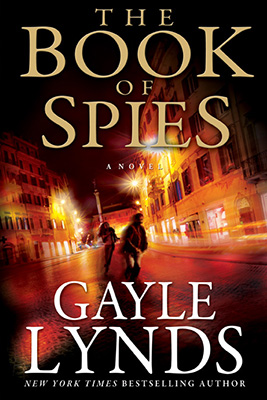
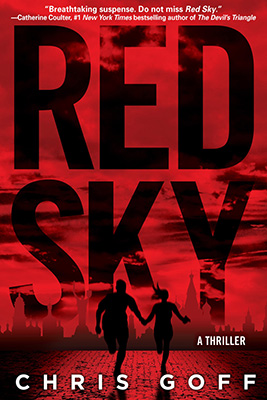
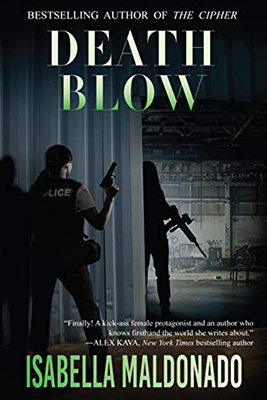
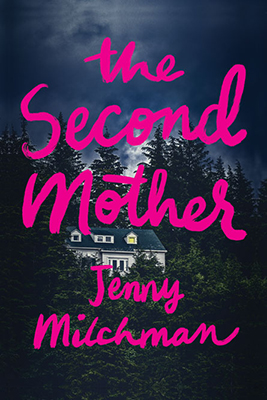
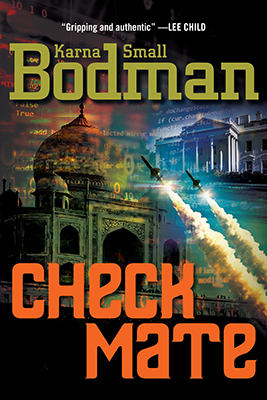
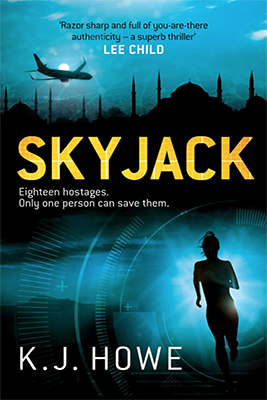
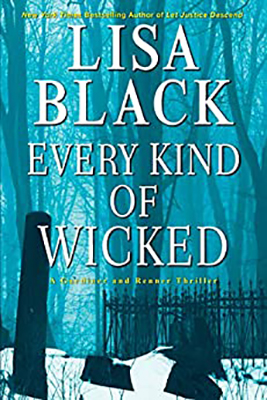
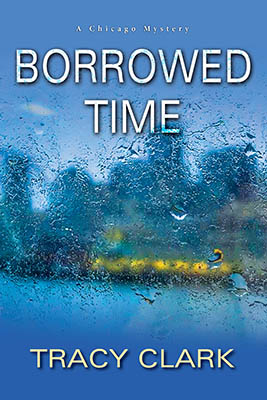
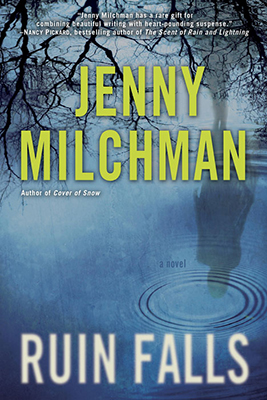
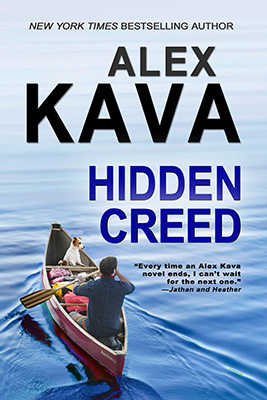
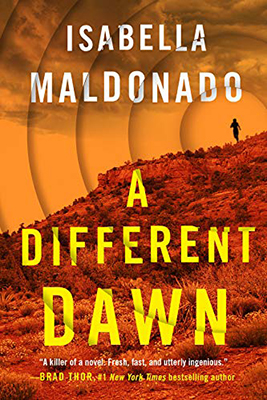
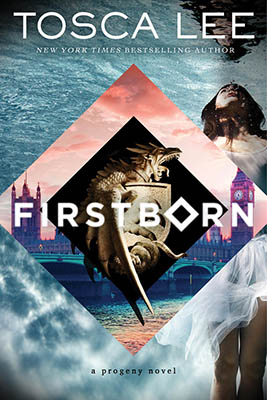
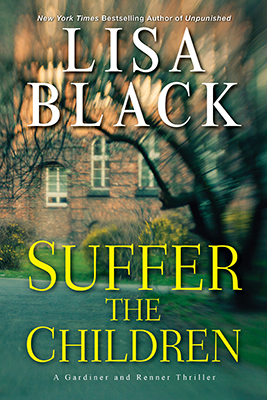
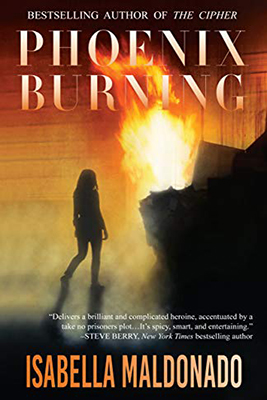
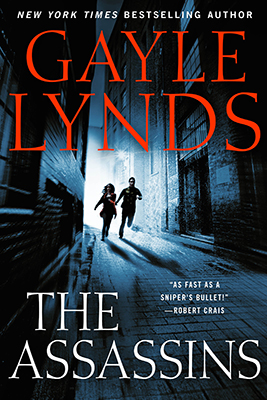

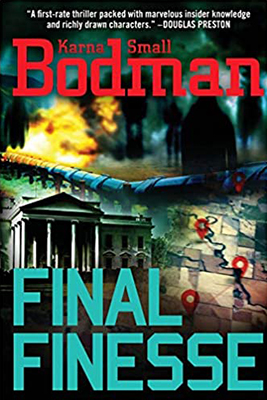
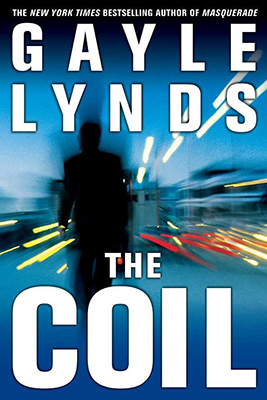
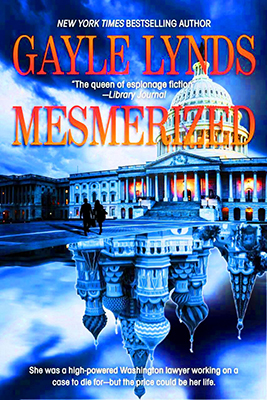
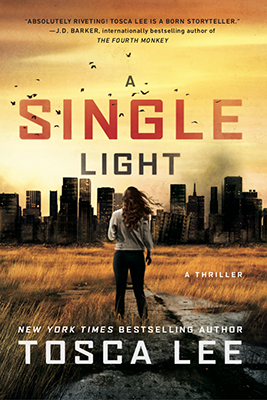
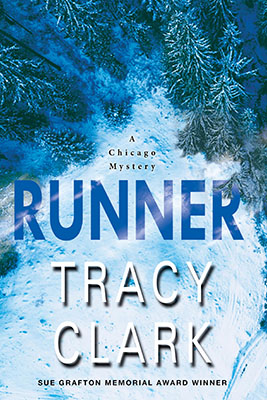
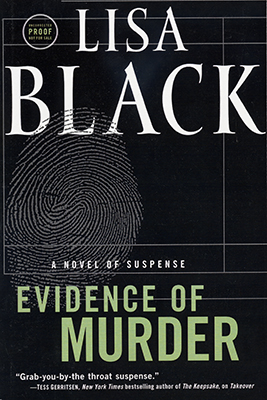
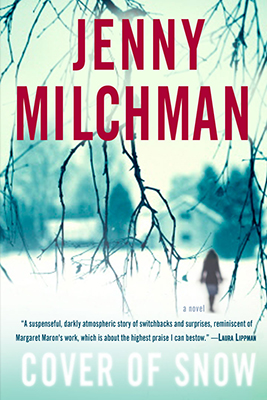
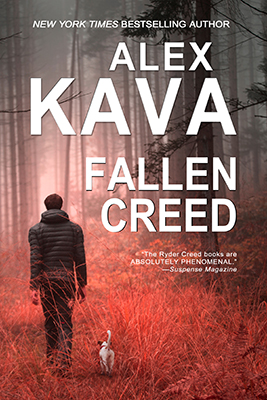
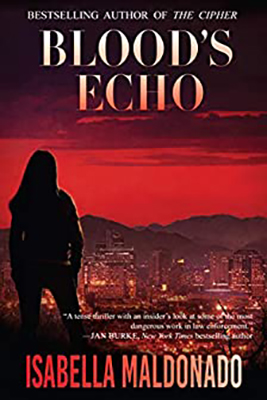
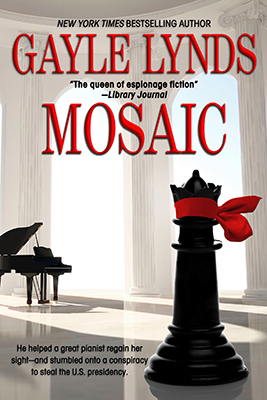
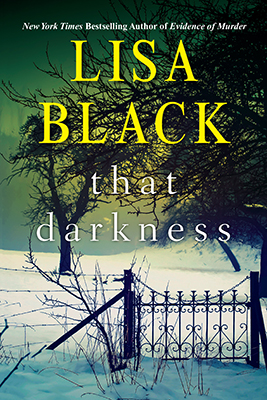
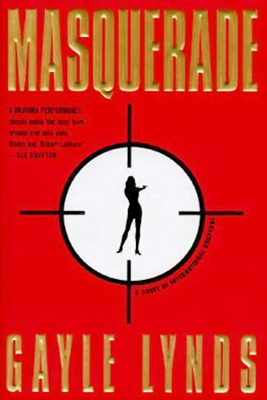
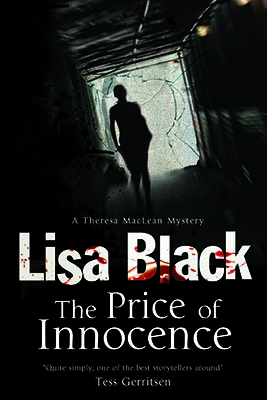
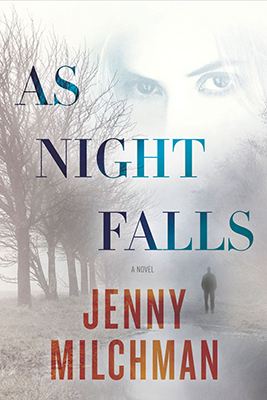
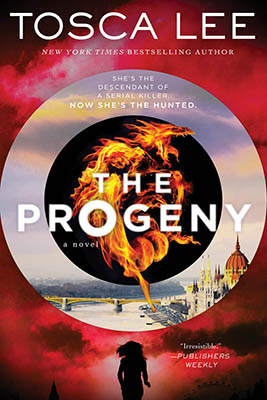
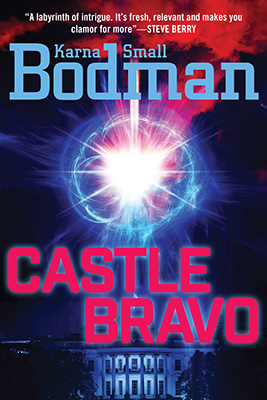
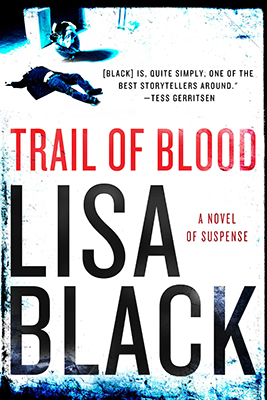
I prefer to start at the beginning, but often I’ll pick up a book not knowing it’s a series and just go with it. It’s cool as long as the author drops just enough info to catch you up. If they spend half the book referring to the prior books it can get a little tedious.
I love the idea of chasing a stolen violin!
I love the idea that Maggie is searching for a missing Stradivarius, Susan! What amazing violins, and so mysterious, too. Someday I'd like to hold one. Hope you got the chance, perhaps even to play one!
I can't wait to read THE KING'S JUSTICE and figure out what happened to the Stradivarius (having played a violin as a child, I love stories involving treasured instruments)…and for this new book, that cover is particularly enticing. Thanks, Susan, for visiting us today!
I, too, played violin as a child and followed the recent case in Milwaukee involving a stolen Stradivarius (it was recovered). Love this and the suitcases filled with bones that are scattered across London add a chilling touch. Can't wait to read The King's Justice!